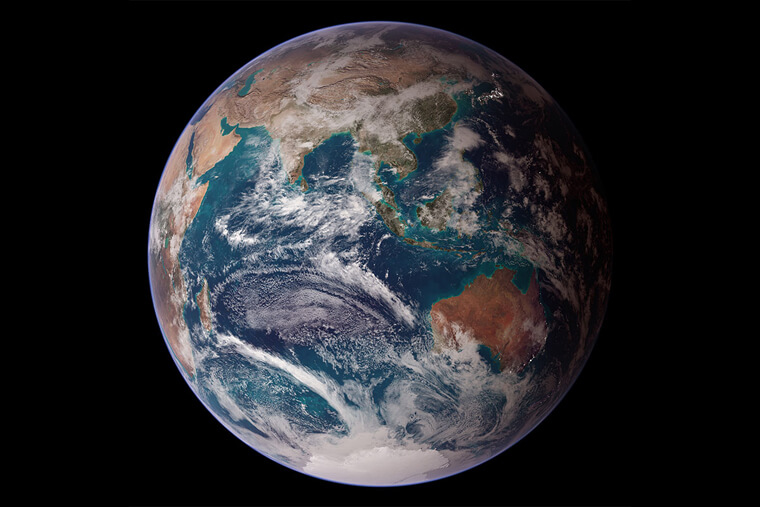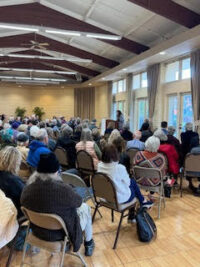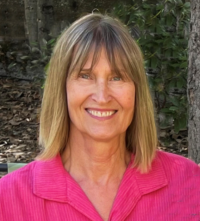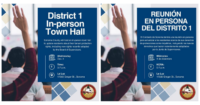By Caitlin Cornwall, Sonoma Ecology Center
For this Earth Day week – and every day – we all need visions of where we’re going, ways to imagine the sustainable societies we’re trying to build. Let’s keep our spirits up by deeply enjoying the land and each other, and let’s invest our hearts and politics into solutions that address all the problems synergistically, holistically. Because, as someone smarter than me once said, “We don’t have enough time or money to solve one problem at a time.” Let’s not make the challenge ahead more daunting than it really is. And let’s define the problems correctly.
So, our problems.
Our big environmental problems come from humans, especially the richest among us (and let’s face it, most of us reading this, and me writing it, are in this group) who have been directly or indirectly destroying too much land, using and polluting too much water, and burning too much fuel, refuse and forest, thus creating the interdependent crises of climate and biodiversity.
These are daunting problems, to which I and many other people have devoted their working lives. To keep going in the face of setbacks, and for all of us to keep caring even though it’s easier to tune out, we have to make time for things that inspire, reconnect, delight, and restore. These things show us the way to a better future.
Splashes of data show we are making real progress. As Bill Clinton once said, “Don’t confuse the headline with the trendline.” Check out the new book Not the End of the World, which tries to convey that we are BOTH not making progress nearly fast enough AND truly reducing our impact in terms of the rate of deforestation, per-capita water use, per-capita emissions, and air quality.
Without positive mental pictures, without a vision, we decline into a permanent state of pessimism, or “it’s-all-no-good-ism.” Here are some things that, for me, add color and hope to my mental pictures of the future:
Realistic fiction like The Ministry for the Future, that fleshes out a feasible plot for achieving a healthy planet.
Ecosystems themselves. The beauty of wildflowers, the intricacies of foodwebs, the integrity of tall trees, the mutual dependence of eater and eaten, how death supports life, the unchangeable law of change, the layering of patterns over multiple timescale. Every time I go outside, these lessons compound, inseparable from the sheer physical pleasure of moving, seeing, and feeling the world.
Children and young people. Young people are the innocent; they have to live in the world we make. Every child, every teen, has so much potential, so much they need from us. Striving for a world that is good for children, especially for poor children, covers just about all the bases. To quote William McDonough, our actions should show that we “love all the children of all species for all time.”
So this week for Earth Day, take in the wisdom of the land we live with, understand that progress IS happening, and help it along, toward a future that’s good for the young, good for our nonhuman relatives, and does right by this beautiful planet.
Caitlin Cornwall has worked at Sonoma Ecology Center for more than 25 years. The Center’s mission is to work with our community to achieve and sustain ecological health in Sonoma Valley








Be First to Comment